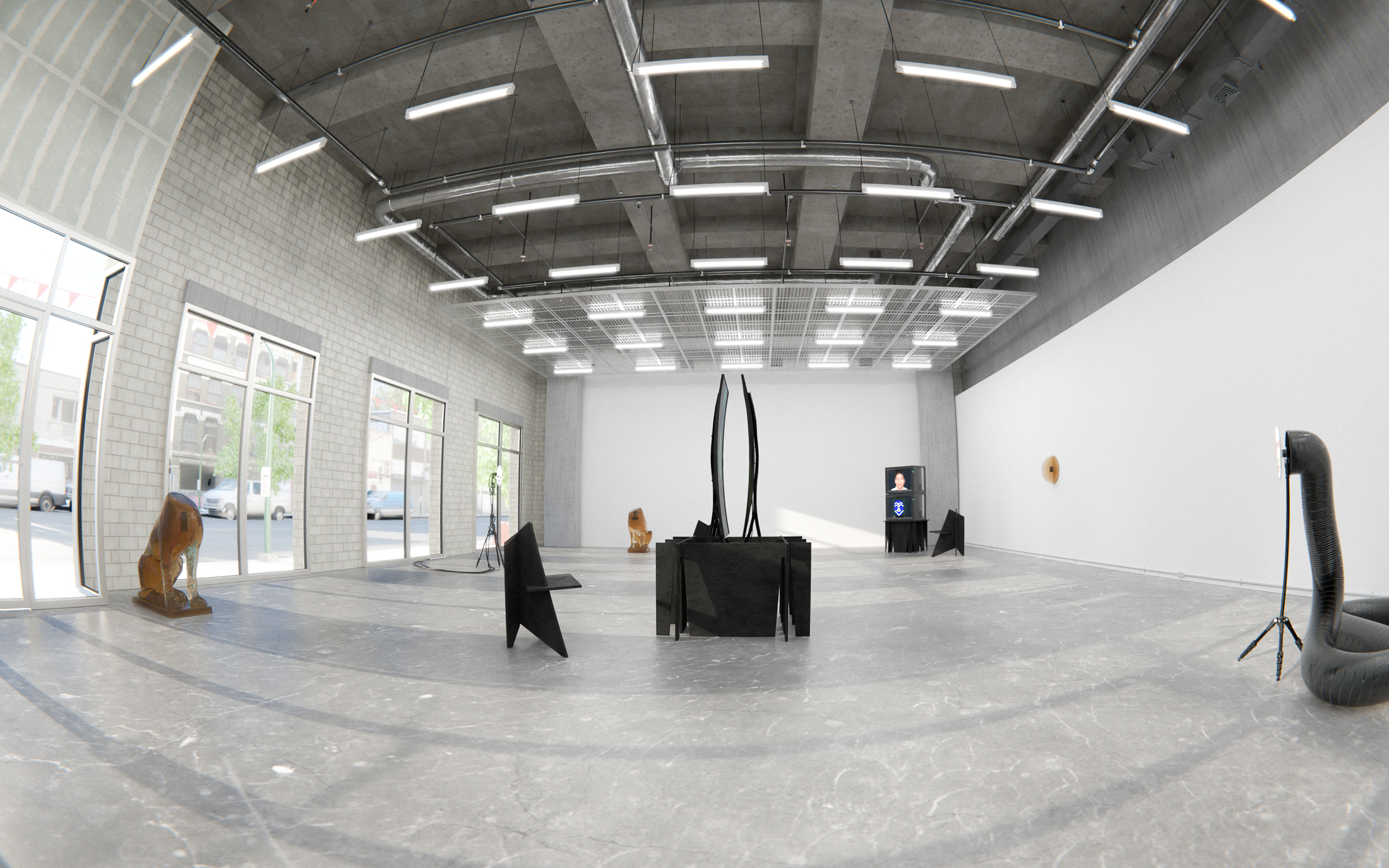



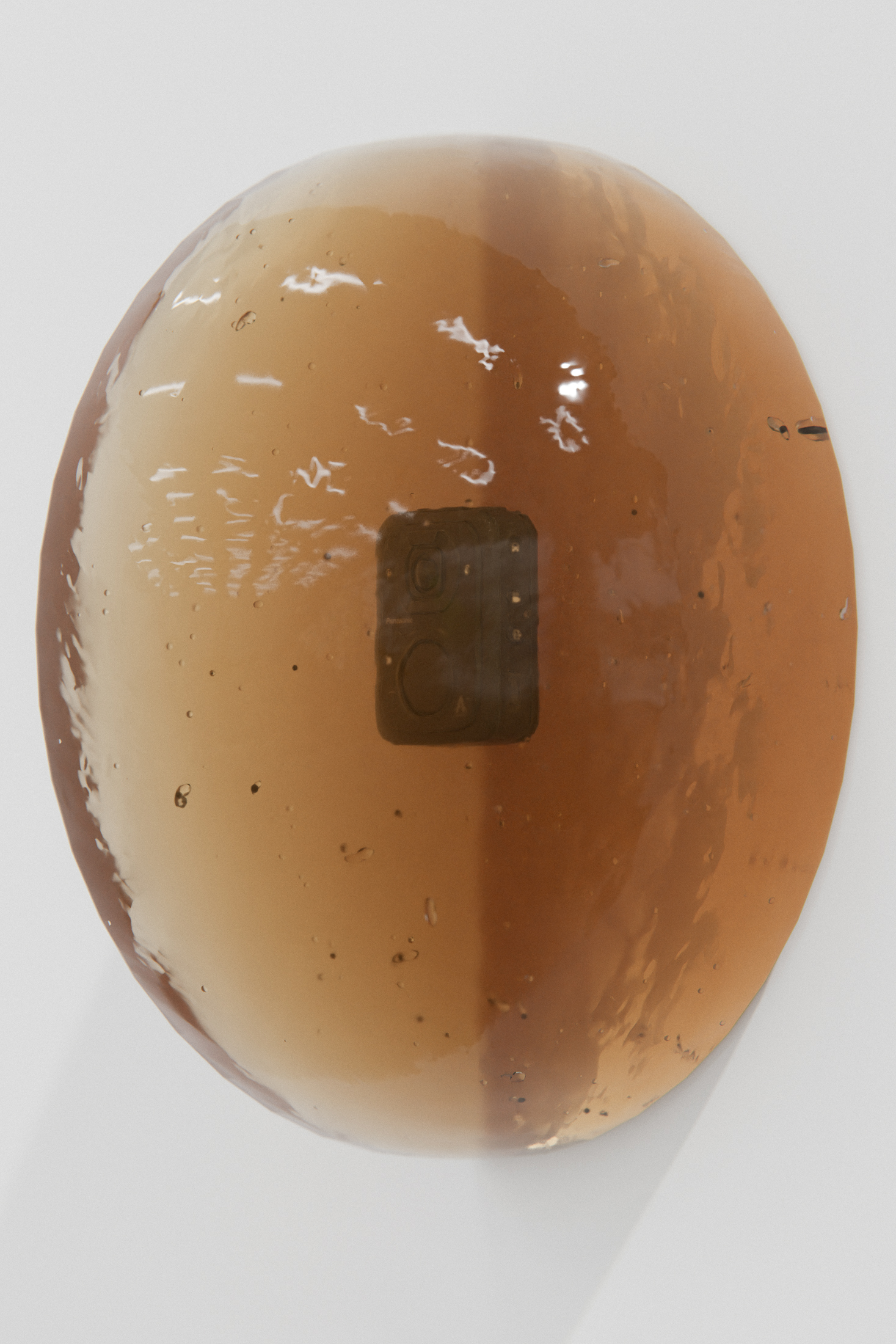
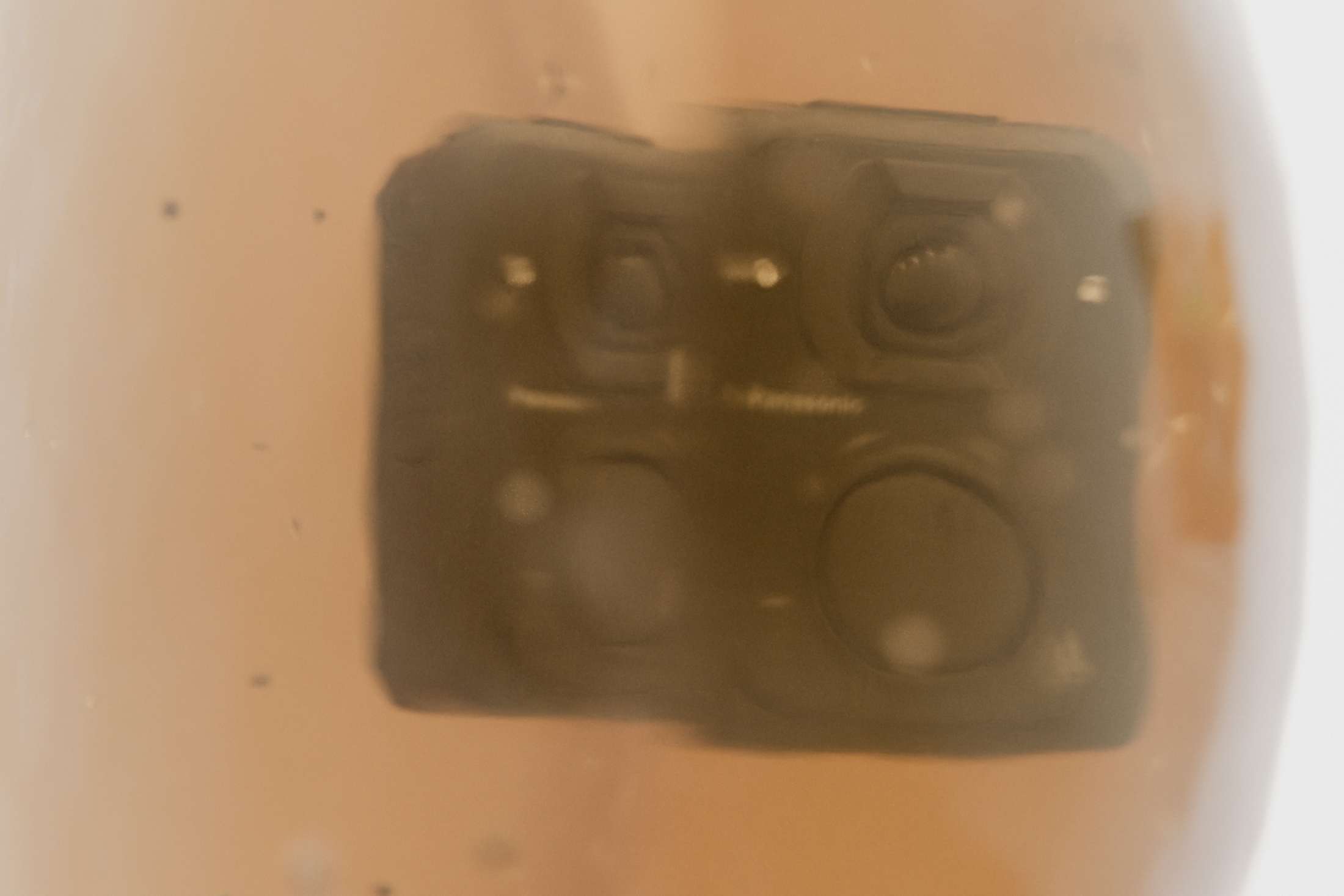





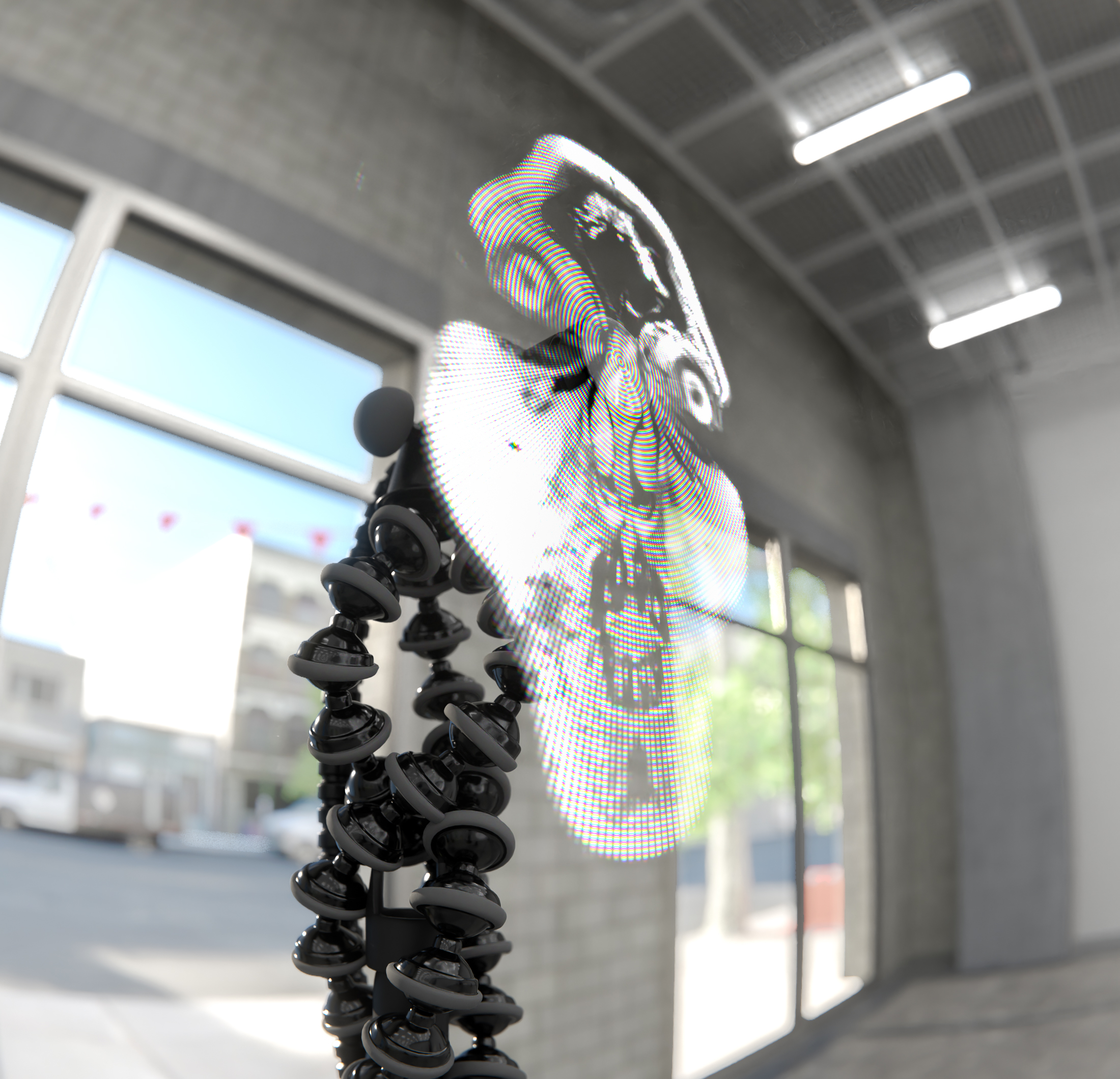



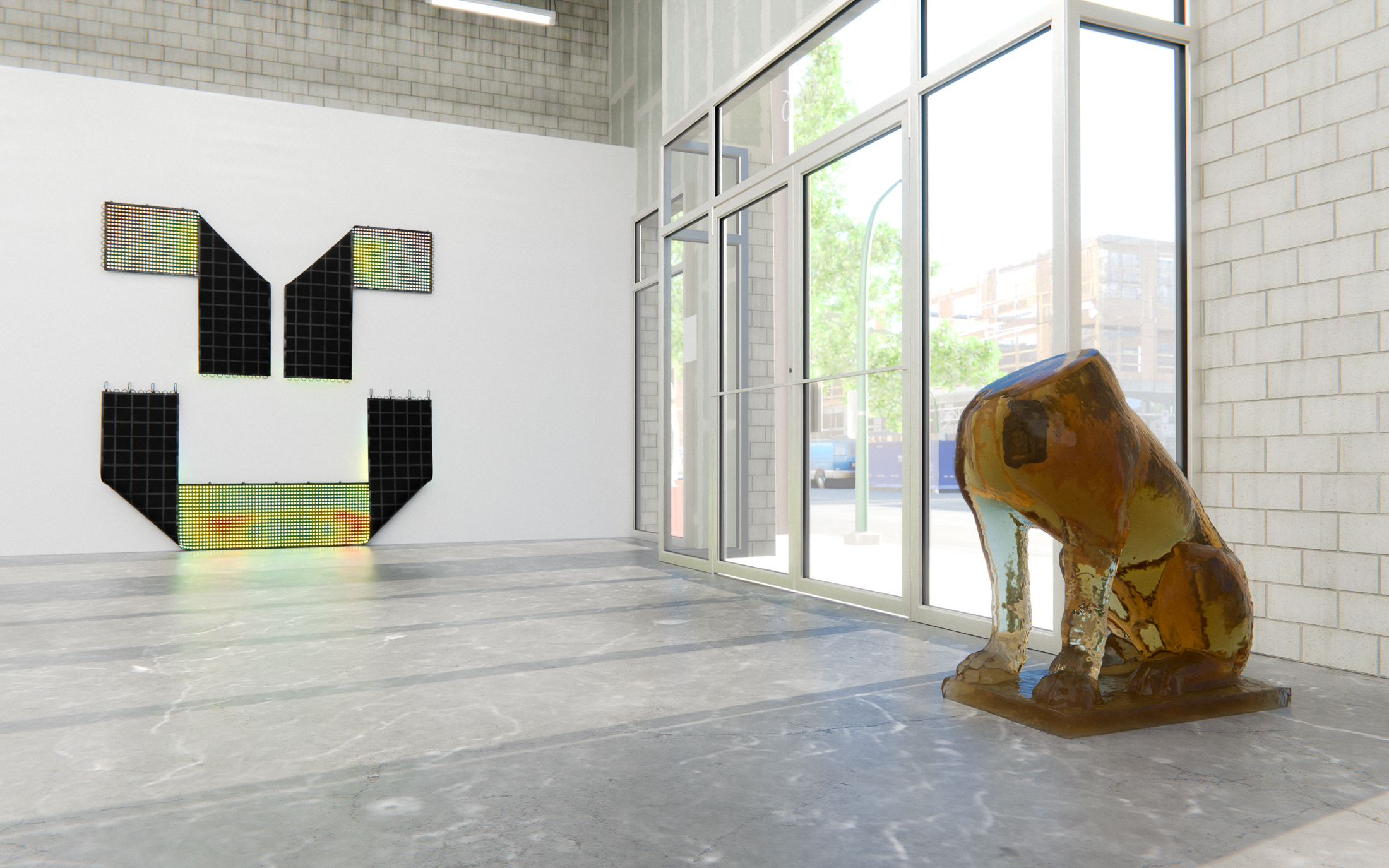
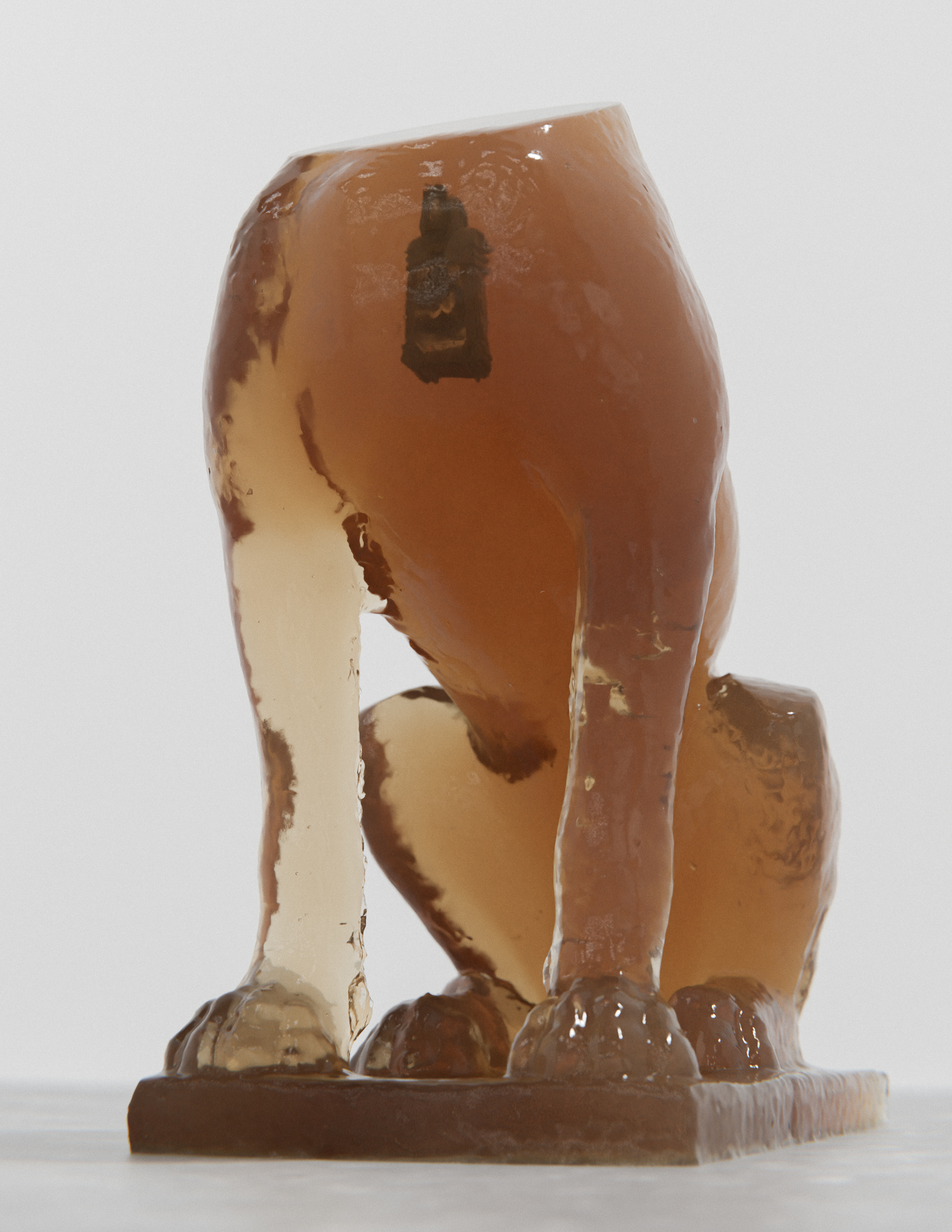
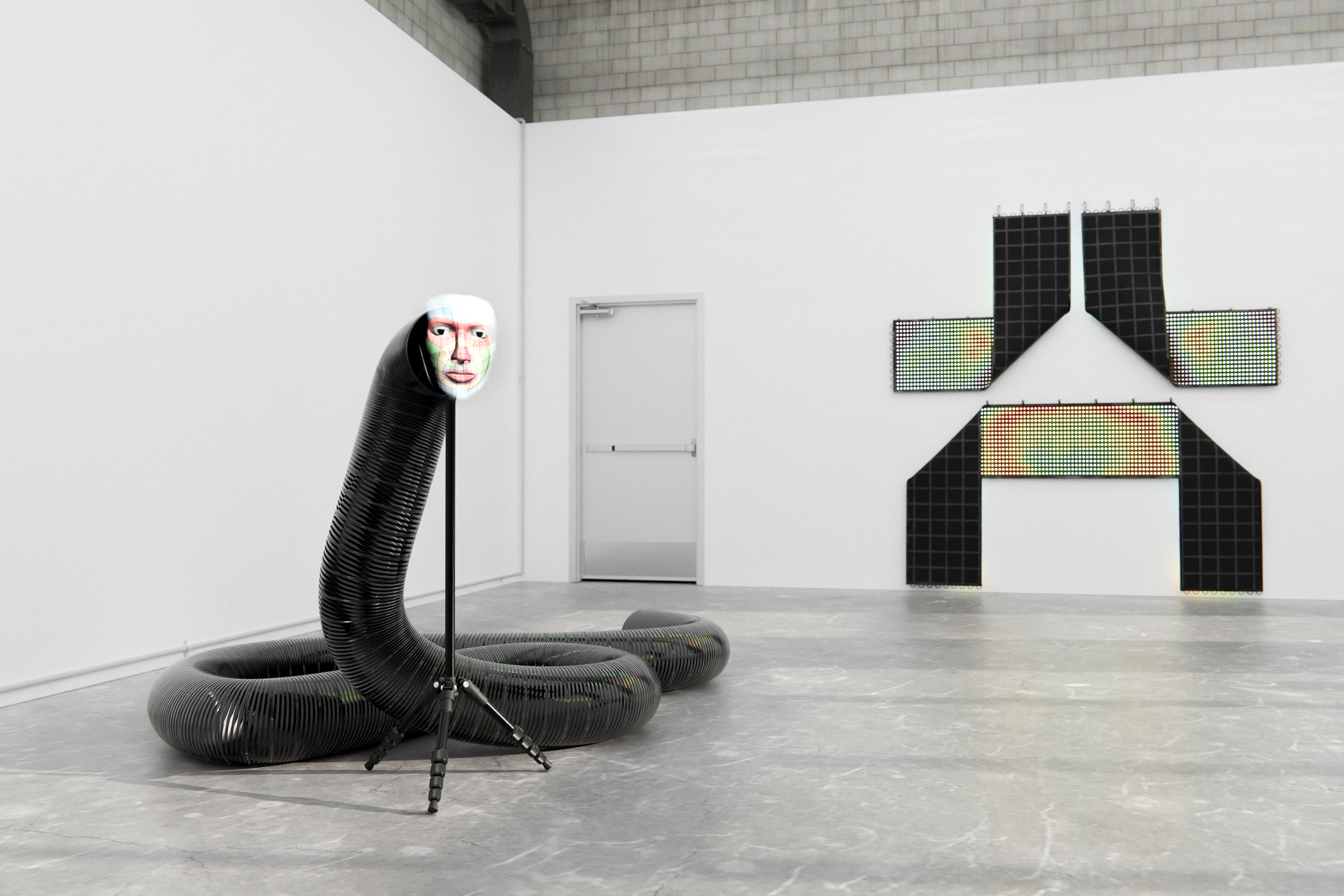
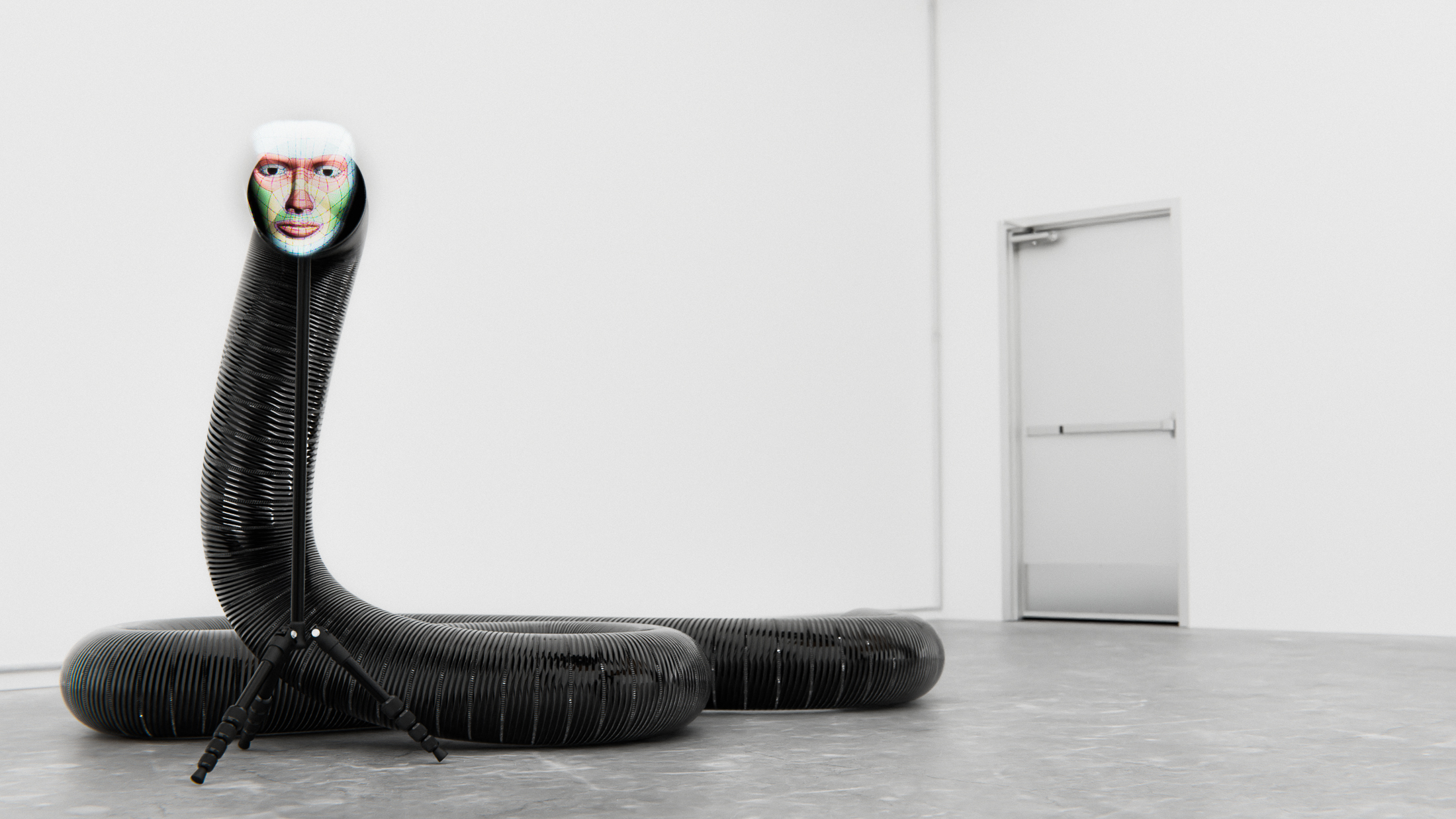



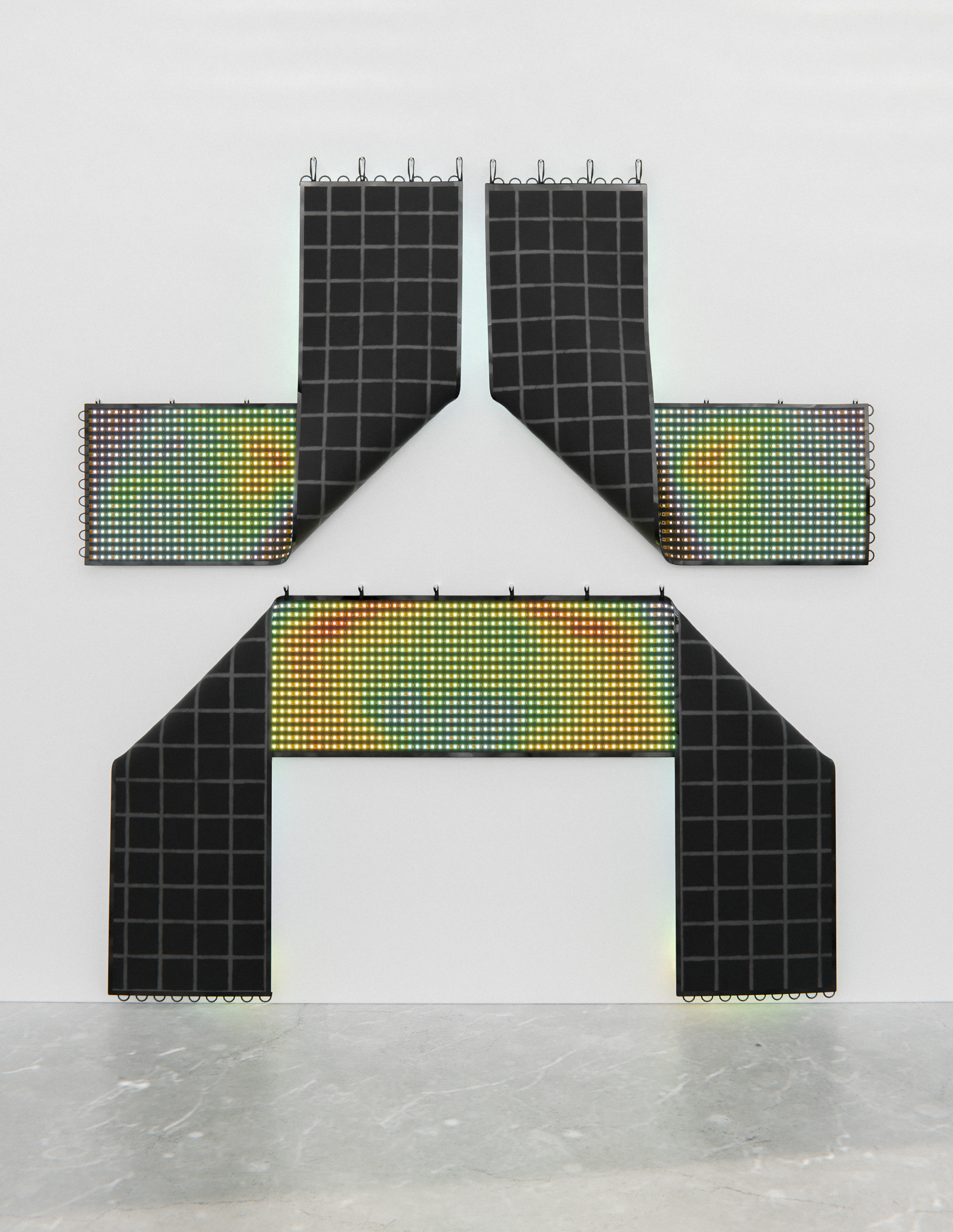
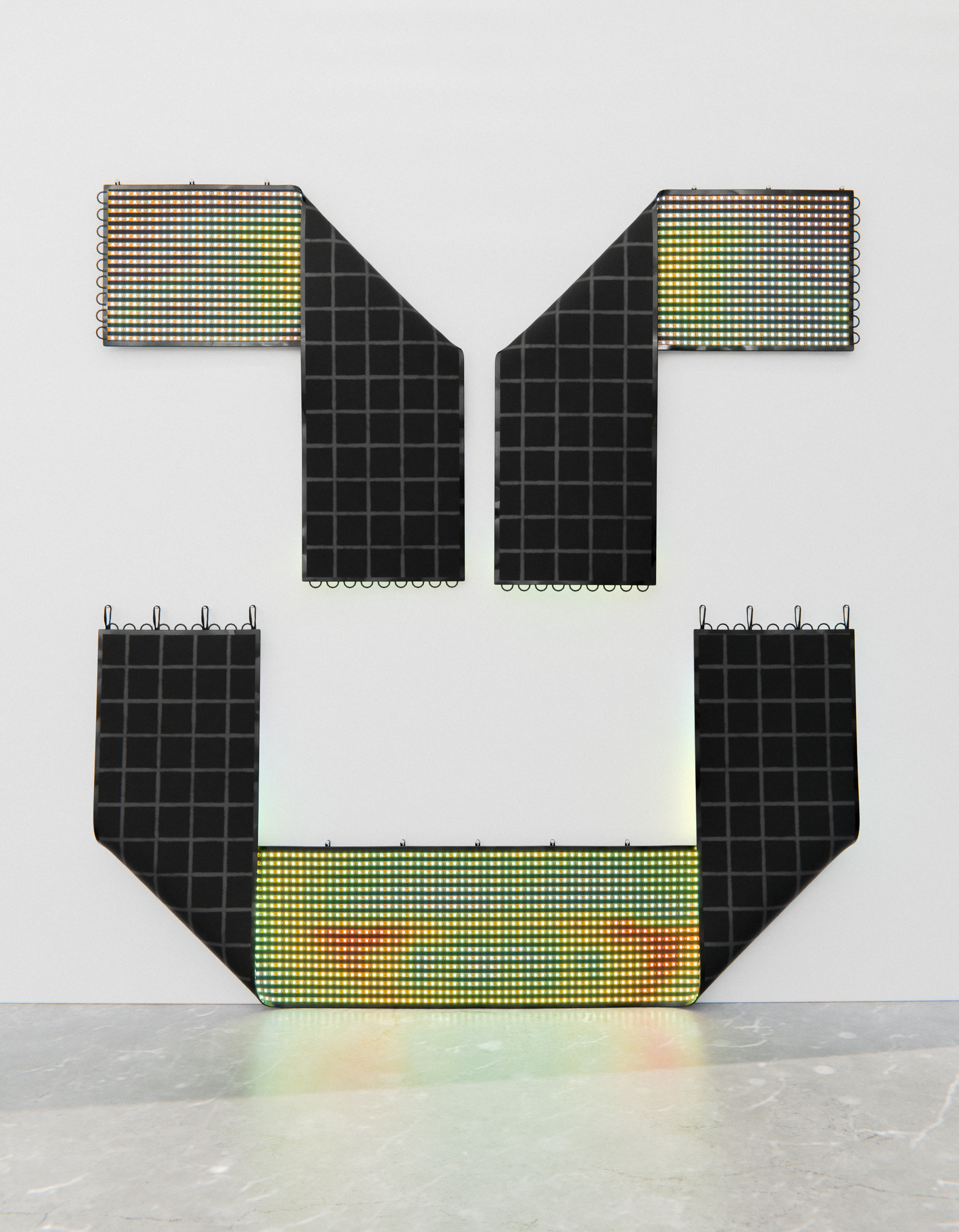

In the wake of numerous protests against police brutality, recurring since at least 2014, police forces have been widely equipped with body cams to ensure greater transparency. In early 2021, the FBI issued a widespread media campaign referring to deepfakes as a new “cyber-attack vector” with the potential to distribute “malicious propaganda”. At the same time, the RCMP has been reported using illegal facial recognition software, gathering droves of personal information in order to conduct their operations. These new image technologies occupy an understandably anxious place in society, eliciting a great deal of fear as to the increasingly blurred notion of truth, much less justice. However, such reactions misunderstand the nature of images, especially since 1) communication networks, including state channels, have always been susceptible to manipulation, mistruths, and deceit, and 2) the proliferation of surveillance has not seen a decrease in recorded abuses of power, nor a meaningful increase in accountability. Ultimately, the ability to extract biometrics from imagery, and the ability to manipulate all kinds of imagery without loss of photorealism, can be seen as two sides of the same coin. These circumstances require us to think of imagery beyond the parameters of real or fake, and more along the lines of culture, power, and belief.